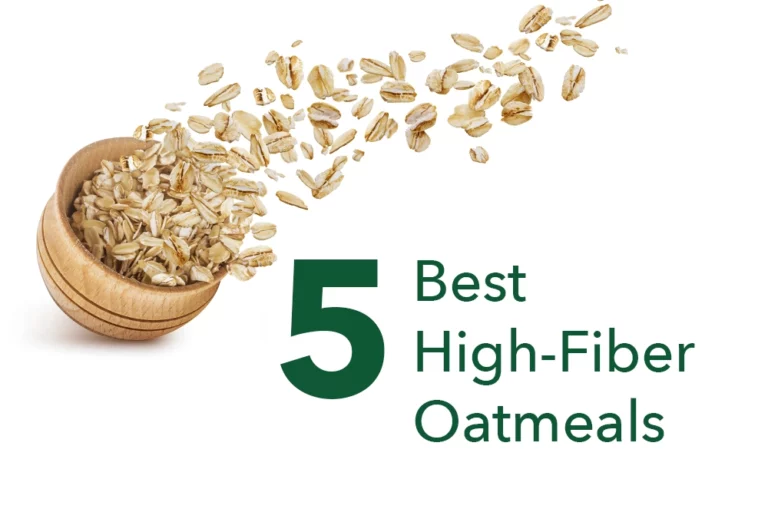Vitamin D Deficiency: Why Older Adults Are at Risk
Updated June 28, 2021
Vitamin D is most commonly known for its role in bone health, but it has many other health benefits.
Vitamin D has been well studied for its role in cancer, diabetes, heart disease, and infection prevention (1).
Unfortunately, much of the U.S population is considered to be deficient in the vitamin (1).
And the prevalence among older adults is much greater (2).
This article explains the importance of vitamin D for healthy aging and what dosage is best.

What is vitamin D?
Vitamin D, aka the “sunshine vitamin,” is naturally produced by your body from sunlight.
It’s a fat-soluble vitamin, meaning fat is required for its absorption.
Vitamin D exists in two forms (3):
- Vitamin D2 (ergocalciferol): This is the plant form, which comes from the ultraviolet (UV) irradiation of a steroid found in fungi like mushrooms.
- Vitamin D3 (cholecalciferol): This is the animal form, which is present in fatty fish, liver, and egg yolks. It’s also added to foods like orange juice and milk.
Both vitamin D2 and D3 are considered provitamins, meaning they are inactive until they are converted in your body to their active form.
The active form of vitamin D is known as 1,25-dihydroxyvitamin D3 [1,25(OH)2D3] or calcitriol.
Vitamin D Functions
Despite its name, vitamin D is more of a hormone.
In your body vitamin D binds to special receptors, which are found in over 30 organs including the bone, intestines, kidneys, lungs, muscle, and skin (3).
Vitamin D then acts as a hormone and transmits signals to coordinate bodily functions.
These bodily functions include (4, 5, 6, 7):
- bone health
- immune function
- cell health
- skin health
- muscle function
- blood pressure
- blood sugar regulation
Due to the many functions of vitamin D, it’s important to maintain adequate levels in your body.
Older adults, however, are at risk of vitamin D inadequacy, which can result in poor health, and decreased quality of life with aging (8, 9).
Why older adults are at an increased risk of vitamin D deficiency
Vitamin D plays several important roles in the body. But meeting vitamin D needs isn’t always easy — especially for older adults.
Older adults are at an increased risk of vitamin D deficiency for many reasons including (2):
Decreased vitamin D production
Your kidneys play an important role in converting vitamin D to its active form.
But with aging, kidney function tends to decline, which results in decreased vitamin D production (10, 11).
Aging also decreases vitamin D production in the skin from sun exposure.
Compared with younger adults, older adults produce 50% less vitamin D when exposed to the sun (12).
Decreased sun exposure
Sun exposure is a great way to increase levels of vitamin D in the body.
Spending just 10 minutes in the midday sun gives your body enough sunlight to produce about 10,000 IU of the vitamin. That’s almost 18 times the amount found in a 3-ounce (85-gram) serving of salmon (13).
Many older adults, however, avoid the sun to stay cool, to prevent sun-related skin aging and cancer, or because of physical limitations.
Lack of vitamin D in the diet
Few foods naturally contain high amounts of vitamin D. This makes it difficult to get optimal amounts of vitamin D through the diet alone.
But aging is also associated with a loss of appetite, changes in taste and smell, and a general oral health decline, all of which can lead to more limited food choices and lower intakes of vitamin D (14, 15).
Obesity and other diseases
Overweight and obesity are highly prevalent among all age groups — including older adults (16).
Those who are obese tend to store more of the vitamin in their fat tissue than those at a normal weight (17).
Therefore, obese people require larger doses of vitamin D to increase their levels more than those who are of a healthy weight.
Additionally, because vitamin D is a fat-soluble vitamin, its absorption depends on your body’s ability to absorb fat (18).
This means people who have a reduced ability to absorb fat will require additional vitamin D.
Diseases that reduce fat absorption include some forms of liver disease, celiac disease, Crohn’s disease, and ulcerative colitis (19).
How much vitamin D do older adults need?
The current recommended daily allowance (RDA) for vitamin D is 600 IU per day for adults up to age 70 and 800 IU for adults older than 71 (20).
The RDA is the estimated minimum amount needed to prevent a nutrient deficiency (21).
A vitamin D deficiency is diagnosed as a blood level of 25-hydroxyvitamin D 25(OH)D less than 50 nanomoles per liter (nmol/L) or 20 nanograms per milliliter (ng/mL) (22).
For older adults, a more optimal level of 25(OH)D is 75 nmol/L or 30 ng/mL.
To reach this level, older adults need 1,000–2,000 IU of vitamin D per day (23).
Many studies show this amount is associated with increased muscle strength and a decreased risk of falls and fractures (24, 25).
Foods that contain vitamin D
Vitamin D is naturally found in few foods but is commonly added to others during the manufacturing process.
Foods high in vitamin D include (26):
- Cod liver oil: 1,360 IU per 1 tbsp (4 grams)
- Salmon: 566 IU per 3 ounces (85 grams)
- Tuna fish: 154 IU per 3 ounces (85 grams)
- Orange juice (fortified): 137 IU per 1 cup (240 mL)
- Milk (fortified): 115 IU per 1 cup (240 mL)
- Yogurt (fortified): 80 IU per 6 ounces (184 grams)
- Margarine (fortified): 60 IU per tbsp (14 grams)
- Sardines: 46 IU per 2 sardines
- Beef liver: 42 IU per 3 ounces (85 grams)
- Egg: 41 IU per egg
While there are health benefits to consuming fish and other high-quality protein sources, it’s more sustainable to take a supplement containing 1,000–2,000 IU of vitamin D as D3.
Make sure to take your vitamin D3 supplement with a meal containing some dietary fat like nuts, avocado, or oil to efficiently absorb it (27).
The bottom line
Vitamin D is an essential vitamin that your body requires for many functions.
Despite the importance of vitamin D, much of the world’s population is vitamin D deficient.
Older adults, in particular, are at an increased risk of vitamin D deficiency for several reasons, which increases their need for vitamin D.
Taking a supplement containing 1,000–2,000 IU of vitamin D3 is safe and effective for older adults for maintaining healthy vitamin D levels.






